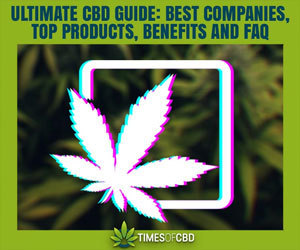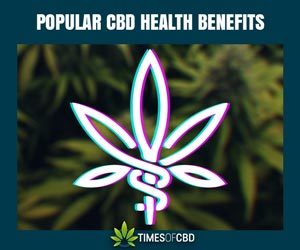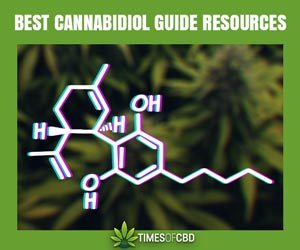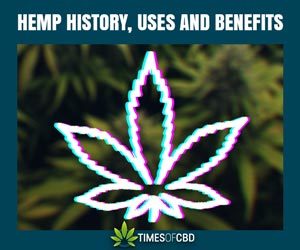CBD News
What Happens to Most THC and CBD Oil in the Body?
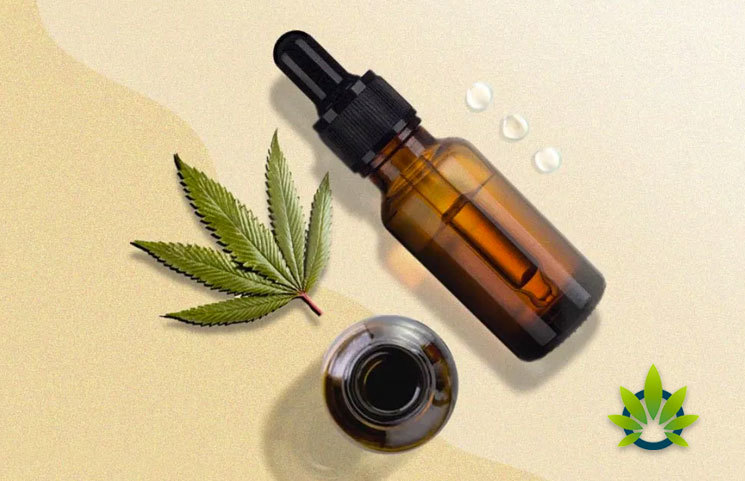
Cannabidiol, a non-intoxicating compound found in cannabis, has gained a great deal of popularity in the past year or two due to its potential therapeutic benefits. The substance comes in several forms as well and can be found in beverages in some countries. One common question that arises is what happens to the THC from hemp-derived CBD products once it enters the body. If a product contains at or above 0.3% THC, it is marijuana and is illegal under federal law. There is some suggestion that must of it goes to waste, and several factors may cause it to do so. Although, there is no way to know for certain what happens.
The Bioavailability of CBD
Bioavailability refers to the degree and rate in which a substance absorbs into the bloodstream. According to Leafly, bioavailability can vary based on the type of consumption method and the level of CBD in the product that one is using. That is, weaker products with less CBD are likely to have a low bioavailability, while products with a high level of CBD are more likely to have a high bioavailability.
Delivery Method
Another quality that may impact the amount of CBD and THC in the body is the type of delivery method that one uses. According to a post by Wisdom CBD, there are six primary delivery methods that can be used for CBD to enter the body, and they include:
Sublingual:
Sublingual delivery is when a CBD product is placed beneath the tongue. Sublingual products can include tinctures, or oil extracts.
Topical:
Topical delivery is a where product that is applied to the skin’s surface and thus absorbs into the body. Topical delivery can be achieved with creams, salves, and the like.
Transdermal:
Transdermal delivery is similar to topical in that it is also a product that is applied to the skin. The topical delivery usually comes in the form of a patch. When the patch is applied to the skin’s surface, the CBD releases and penetrates past the cell membrane and into the body.
Inhalant:
Inhalant delivery is where one inhales smoke that contains CBD and THC. This is perhaps the most common delivery method.
Oral:
Oral delivery is where one ingests CBD through a pill or capsule.
According to Wisdom CBD, the delivery method that provides the highest amount of bioavailability was an inhalant. However, there was no data for topical delivery. The method that came close to an inhalant is a sublingual, and then oral/ingestion.
In addition to looking at the types of bioavailability methods, there are other considerations to take into account that can impact bioavailability. Further, even though the amount of CBD that one takes can impact bioavailability, the effective amount may vary from person to person.
Conclusion
Overall, there is on clear answer on what happens to the THC and CBD that enters the body.
All information is for general informational and educational purposes only. Nothing should be interpreted as legal or medical advice.



